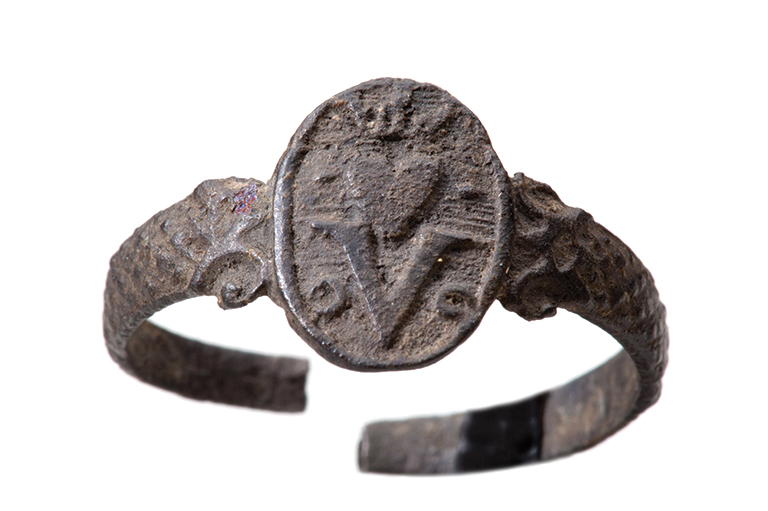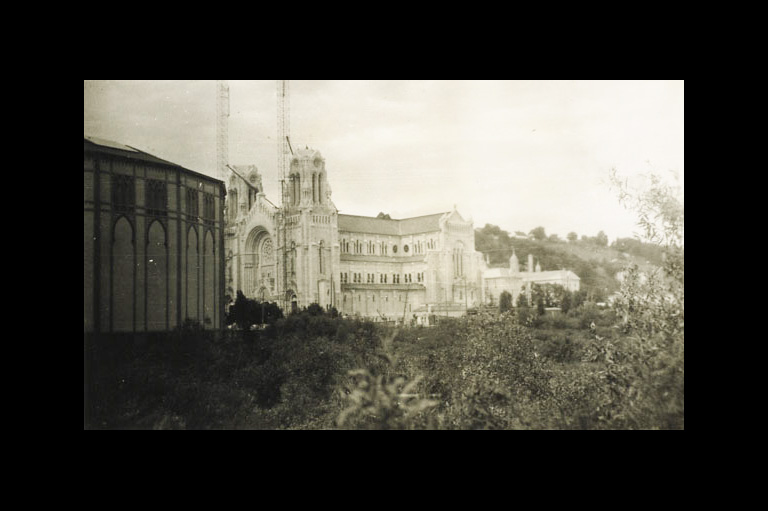Jesuit Ring

This seventeenth-century brass Jesuit ring, featuring the motif of the Sacred Heart of Jesus, was found at the site of Chew in Huronia, now part of Ontario. Rings of this type have been discovered in most places where contact occurred between Jesuits and Indigenous peoples — including missions, military forts, and fur-trading posts — over a vast territory extending from the Great Lakes to the Mississippi Valley.
Small metal tokens such as this ring were commonly used in transactions with Indigenous people to seal an economic negotiation or a diplomatic alliance; in oral cultures, gifts served as a means of materializing the spoken word. The pragmatic Jesuits sometimes adorned these tokens with religious symbols, such as this Sacred Heart of Jesus, which supported Catholic devotional exercises. This effectively transformed the ring an object of commerce, diplomacy, evangelization, and piety.
Themes associated with this article
Advertisement




